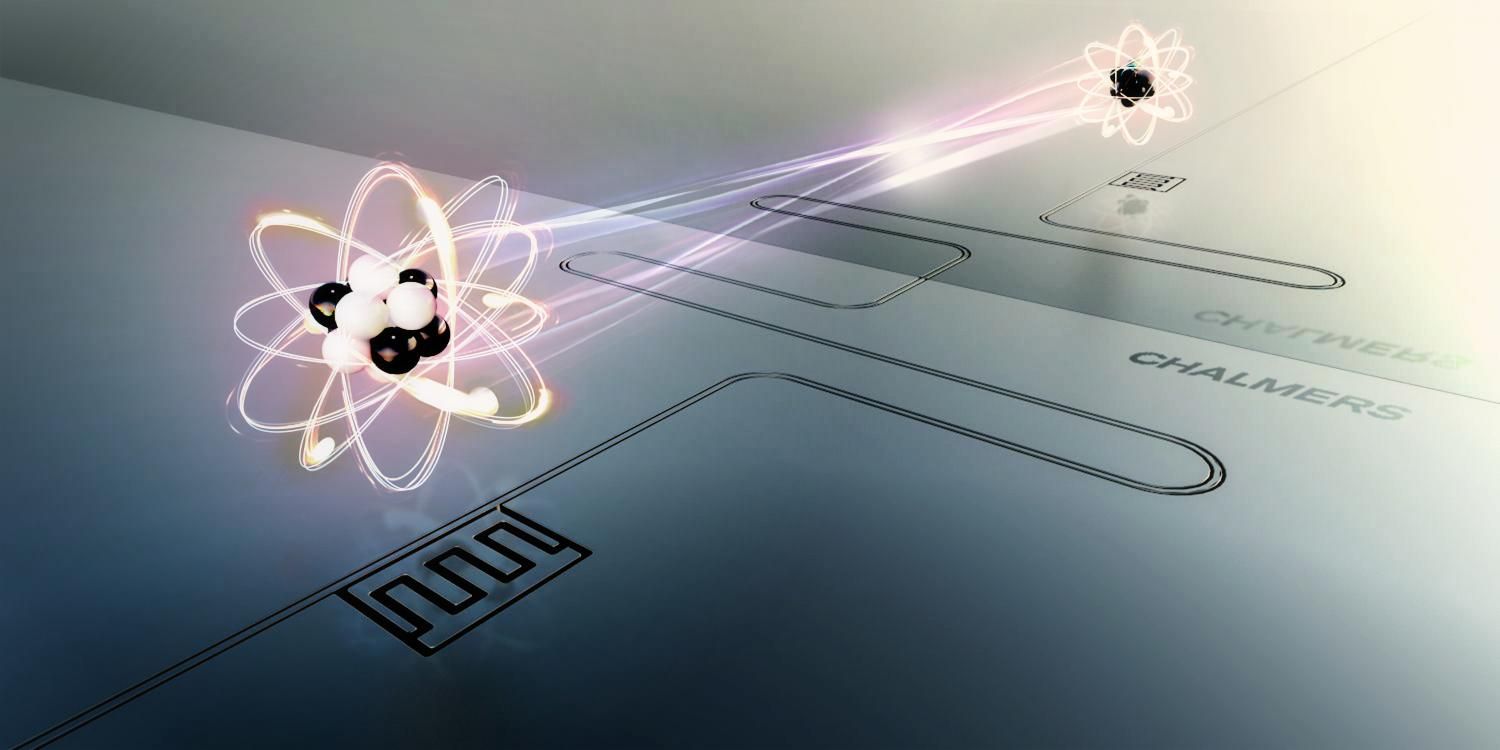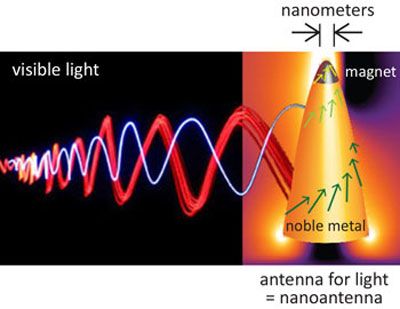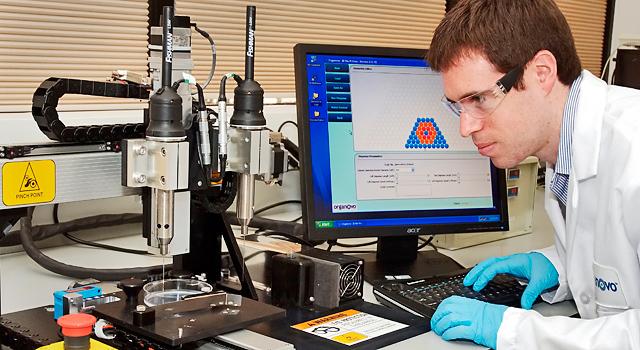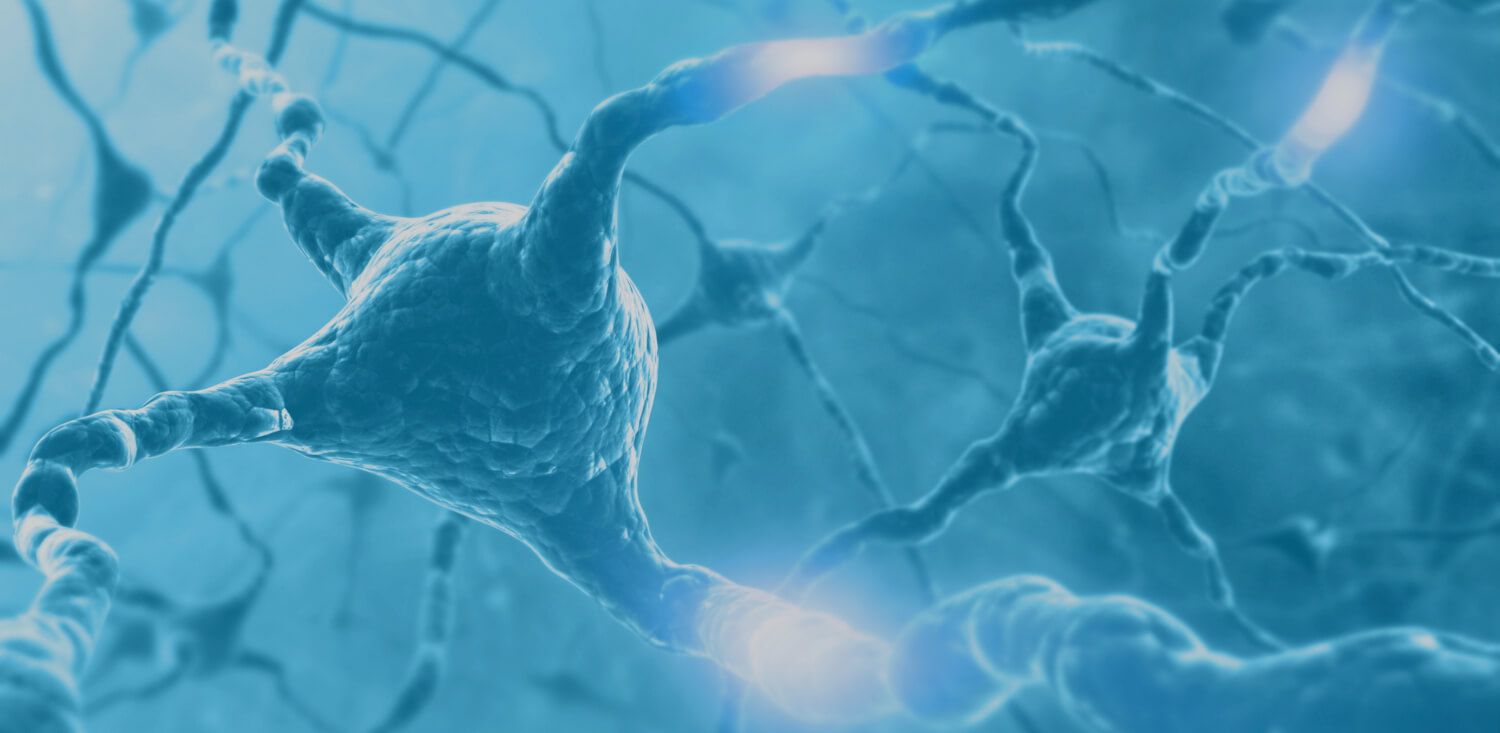Researchers at Chalmers University of Technology have succeeded in an experiment where they get an artificial atom to survive ten times longer than normal by positioning the atom in front of a mirror. The findings were recently published in the journal Nature Physics.
Researchers will take on a task that until now has been deemed impossible: creating strong interaction between light and magnetic fields and determining ways to control light with magnetism on the nanoscale.
 Organovo is one of the most fascinating companies that we follow–and quite continually–as the dynamic company has kept the momentum rolling with one scientific breakthrough after another.
Organovo is one of the most fascinating companies that we follow–and quite continually–as the dynamic company has kept the momentum rolling with one scientific breakthrough after another.
Famous for the design and creation of functional human tissues for medical applications, we’ve recently also been following Organovo and other partnerships in researching human tissue as well as offering the first 3D bioprinted liver product.
It’s just been recently announced that Uniquest signed a worldwide licensing agreement with Organovo to patent kidney cells from induced pluripotent stem cells (iPSCs). Professor Melissa Little and her team at Uniquest have actually been able to grow kidney tissue which should prove to be helpful in not only drug screening but also disease modeling and cell therapy.
To give you a taste, an asteroid containing $5 trillion worth of platinum zoomed past Earth just a few months ago.
NASA has announced the continuation of a two-phase $750,000 research award to Embry-Riddle Aeronautical University and project partner Honeybee Robotics to develop a small integrated autonomous robotic spacecraft system to support the exploration and mining of asteroids and other planetary bodies and moons.
Dr. Hever Moncayo and Dr. Richard Prazenica, both Assistant Professors of Aerospace Engineering in the College of Engineering are leading the effort at the Daytona Beach Campus. Also collaborating on this project is Dr. Sergey Drakunov, Professor of Engineering Physics in the Physical Sciences Department and Associate Dean of the College of Arts and Sciences. Dr. Kris Zacny is the team lead for Honeybee Robotics.
The Embry-Riddle team includes Aerospace Engineering master’s degree students Diego Garcia, Chirag Jain, Andres Chavez, Wai Leuk Law, Aerospace Engineering Ph.D. student Andres Perez and Engineering Physics Ph.D. student Samuel Kitchen-McKinley. The researchers are focusing on an innovative concept based on autonomous small free-flyer prospector spacecraft that can leave from, return and recharge from a mothership on the planet’s or asteroid’s surface.
Transhumanism in a major publication in Las Vegas today, just in time for the debates:
Zoltan Istvan is running for president on some very far-out ideas.
These days, it’s not hard to find someone predicting that robots will take over the world and that automation could one day render human workers obsolete. The real debate is over whether or not the benefits do or do not outweigh the risks. Automation Expert and Author Dr. Daniel Berleant is one person who is more often on the side of automation.
There are many industries that are poised to be affected by the oncoming automation boom (in fact, it’s a challenge to think of one arena that will not in some minimal way be affected). “The government is actually putting quite a bit of money into robotic research for what they call ‘cooperative robotics,’” Berleant said. “Currently, you can’t work near a typical industrial robot without putting yourself in danger. As the research goes forward, the idea is (to develop) robots that become able to work with people rather than putting them in danger.”
While many view industrial robotic development as a menace to humanity, Berleant tends to focus on the areas where automation can be a benefit to society. “The civilized world is getting older and there are going to be more old people,” he said. “The thing I see happening in the next 10 or 20 years is robotic assistance to the elderly. They’re going to need help, and we can help them live vigorous lives and robotics can be a part of that.”
Berleant also believes that food production, particularly in agriculture, could benefit tremendously from automation. And that, he says, could have a positive effect on humanity on a global scale. “I think, as soon as we get robots that can take care of plants and produce food autonomously, that will really be a liberating moment for the human race,” Berleant said. “Ten years might be a little soon (for that to happen), maybe 20 years. There’s not much more than food that you need to survive and that might be a liberating moment for many poor countries.”
Berleant also cites the automation that’s present in cars, such as anti-lock brakes, self-parking ability and the nascent self-driving car industry, as just the tip of the iceberg for the future of automobiles. “We’ve got the technology now. Once that hits, and it will probably be in the next 10 years, we’ll definitely see an increase in the autonomous capabilities of these cars,” he said. “The gradual increase in intelligence in the cars is going to keep increasing and my hope is that fully autonomous cars will be commonplace within 10 years.”
Berleant says he can envision a time when the availability of fleets of on-demand, self-driving cars reduces the need for automobile ownership. Yet he’s also aware of the potential effects of that reduced car demand on the automobile manufacturing industry; however, he views the negative effect created by an increase in self-driving cars as outweighed by the potential time-saving benefits and potential improvements in safety.
“There is so much release of human potential that could occur if you don’t have to be behind the wheel for the 45 minutes or hour a day it takes people to commute,” Berleant said. “I think that would be a big benefit to society!”
His view of the potential upsides of automation doesn’t mean that Berleant is blind to the perils. The risks of greater productivity from automation, he believes, also carry plenty of weight. “Advances in software will make human workers more productive and powerful. The flipside of that is when they actually improve the productivity to the point that fewer people need to be employed,” he said. “That’s where the government would have to decide what to do about all these people that aren’t working.”
Cautious must also be taken in military AI and automation, where we have already made major progress. “The biggest jump I’ve seen (in the last 10 years) is robotic weaponry. I think military applications will continue to increase,” Berleant said. “Drones are really not that intelligent right now, but they’re very effective and any intelligence we can add to them will make them more effective.”
As we move forward into a future increasingly driven by automation, it would seem wise to invest in technologies that provide more benefits to society i.e. increased wealth, individual potential, and access to the basic necessities, and to slowly and cautiously (or not at all) develop those automated technologies that pose the greatest threat for large swaths of humanity. Berleant and other like-minded researchers seem to be calling for progressive common sense over a desire to simply prove that any automation (autonomous weapons being the current hot controversy) can be achieved.
I consider Ray Kurzweil a very close friend and a very smart person. Ray is a brilliant technologist, futurist, and a director of engineering at Google focused on AI and language processing. He has also made more correct (and documented) technology predictions about the future than anyone:
As reported, “of the 147 predictions that Kurzweil has made since the 1990s, fully 115 of them have turned out to be correct, and another 12 have turned out to be “essentially correct” (off by a year or two), giving his predictions a stunning 86% accuracy rate.”
Two weeks ago, Ray and I held an hour-long webinar with my Abundance 360 CEOs about predicting the future. During our session, there was one of Ray’s specific predictions that really blew my mind.
Swiss carmaker and tuning house Rinspeed’s Σtos concept is a self-driving hybrid sports car with its own helper drone.







